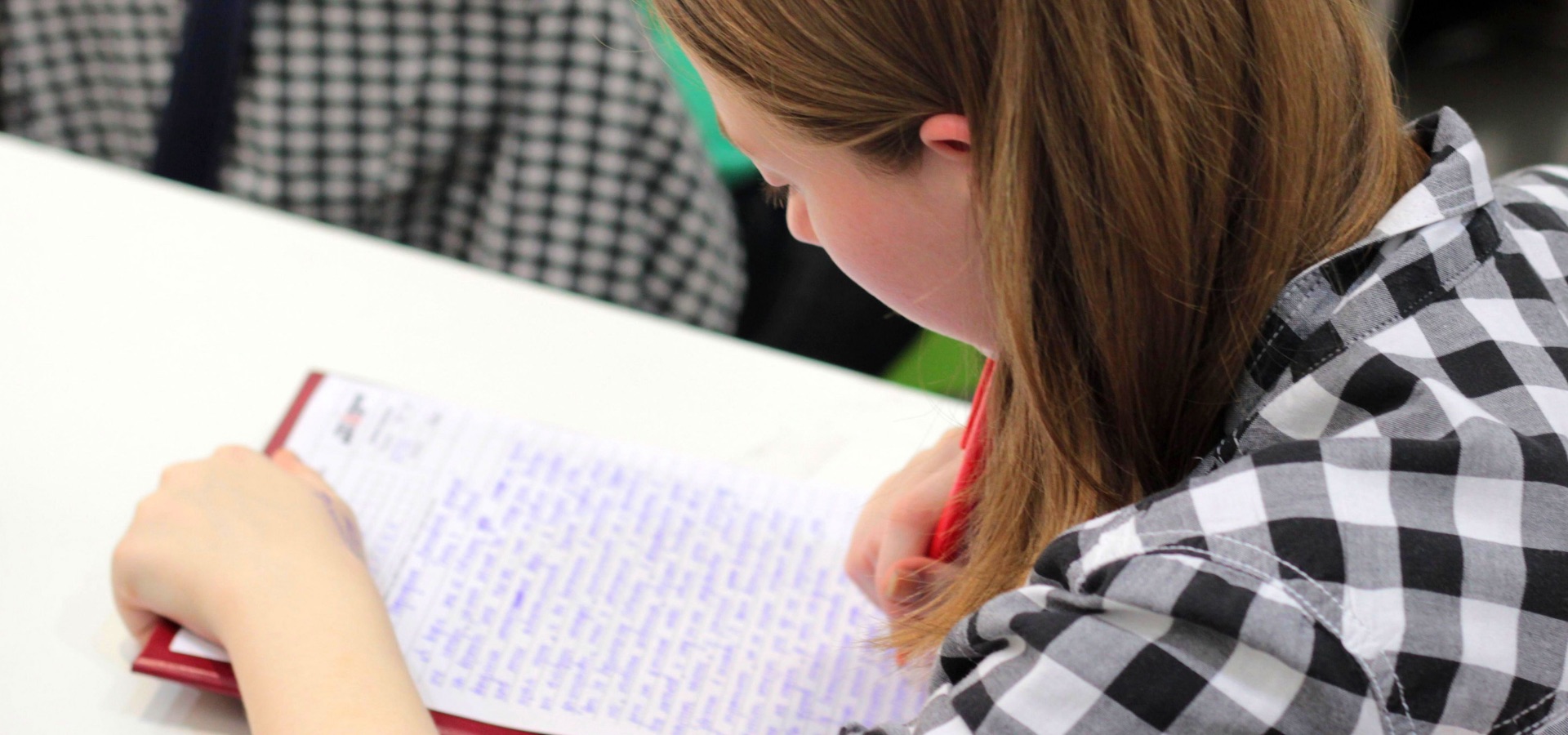
Connecting to the new world of learning
For Johannesburg-based coach, Penny Castle, who is a speaker at the SACAP Festival of Learning in Johannesburg on 31st May, induction into our new world of learning was as harsh as it could be. Two years ago, her teenage son, Josh, was diagnosed with an extremely unusual, aggressive and terminal cancer of the bile duct. Known as Cholangiocarcinoma, this is a geriatric cancer so rare that less than 7000 cases are diagnosed globally a year; and of the documented patients so far, only five have ever been children or teenagers. Josh and his family needed urgent information, professional help and advice; and they did what we all do in the ‘top-down’ world– they turned to the experts. Penny says, “In the course of one week everything I thought I knew about learning from an expert was turned on its head as doctor after doctor turned my son away not knowing how to treat the case. In desperation, I turned to the internet and stumbled across a couple of Facebook groups run by cancer warriors and their caregivers. In just a few more weeks, Josh had gained a ton of new ‘grandparents’ and I’d gained vital fellow travellers as we sought treatment options, shared information, celebrated triumphs and grieved our fallen comrades together. The world of learning, I realised, had changed, and I was in a circumstance where I instantly changed with it.” Eventually, the Castle family did also connect with a flexible oncologist who was prepared to listen to the advice of elderly patients and caregivers from all over the world in terms of treatment options, genetic testing, and Yttrium 90 Radiology. “In the paradigm of ‘expert oncologist’, our son would not have been accepted as a patient of an adult oncologist, nor would the advice of so-called strangers from across the world, delivered via social media ever have been considered,” says Penny. In the world of learning from the expert; we find one and then listen, process their information cognitively and take what we need to know. In the new world of learning, Penny realised that we need a different skills-set. We need to be able to truly connect, stripped of our personal brands and other artifices. We can’t access the wealth of experience and information from a sufferer of an extremely rare cancer on the other side of the world if we can’t begin to share our own vulnerability. Since, Josh passed, Penny, clad in Batman t-shirts, has comfortably called this ‘living your weird’. “If you think about all the people who inspire or motivate us, there is always something a bit weird about them,” she says. “But it’s that weird that allows for connection because when you show me your weird it does two things. The first, is that I might see a bit of my own weird in you; and the second, is that it gives me permission to show you more of my weird. We can connect and we can belong.” This opens up the world in entirely different way to pretending there is nothing weird about being you so that you can fit in. One is a whole-hearted option, and the other can only be half-hearted at its best. Penny shares that before Josh’s diagnosis, she was caught up in fitting into the coaching world. Her perceptions of other coaches’ expectations shaped her choices in clothes and activities. At Josh’s memorial service last year, none of the coaches she had looked up to were available to attend. Penny says: “It wasn’t so much hurtful as a data point. What was I doing trying to emulate people who were too busy when it came to a friend’s true moment of need? It gave me permission to stop pretending I liked highbrow Eastern philosophy or yoga or any of the other things I’d been trying to do to fit in. Eighteen months later, my life, except for the grief part, is happier because I can just be the weird woman who always wears a Batman shirt. Today, I save my mental, cognitive, emotional and physical energy for activities that truly interest me.” The world of learning has changed. As soon as we are trying to work with something that is rare or has never been done before by far the most useful learning method is through connection – and specifically connection with people who are grappling with the same subject or issues. You can learn more about Penny Castle’s story at the upcoming SACAP Festival of Learning in Johannesburg. The 2019 Festival of Learning hosted by SACAP: Johannesburg, 30-31 May Venue: SACAP Campus, Rosebank Times: 30 May from 17h30 to 20h30 and 31 May from 09h00 to 17h00 Human Library: 31 May from 11h00 to 15h00 Tickets for the 2019 Festival of Learning are available through Webtickets. Tickets are R250-00 for the full-day programme, and R200-00 for the short-talk evening programme. There is a special offer for students and alumni at R80-00 per ticket. For further information please visit: https://go.sacap.edu.za/psychology-festival-2019


































